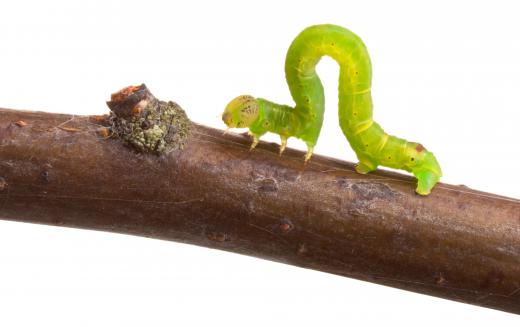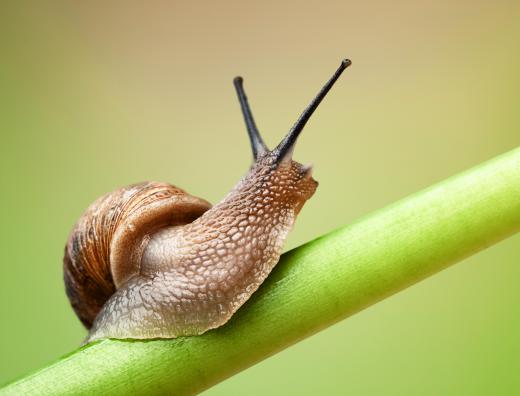What are Invertebrates?
 Michael Anissimov
Michael Anissimov
Invertebrates are animals without a backbone. They make up 97% of all animal species, including all worms, insects, arachnids, crustaceans, mollusks, jellyfish, starfish, nematodes, sponges, and all microfauna. The smallest vertebrate, the female Paedocypris fish, is 7.9 mm long, so anything smaller belongs to this group. Genetically, a major way in which they are different from vertebrates is that invertebrates have only one cluster of Hox genes, while vertebrates have several. Humans have 4 Hox clusters. All of the 38 animal phyla except for a subset of one, Chordata, are invertebrates.
Vertebrates and invertebrates split evolutionarily between 525 and 520 million years ago, when eight early vertebrate animals appear in the fossil record, most notably the jawless fish Myllokunmingia. Prior to this, animals existed for at least 80 million years in forms that did not have backbones. Since then, they have been the world's most successful animals in terms of biomass, most notably crustaceans in the sea, arthropods on land, and nematodes throughout both.

In terms of size, vertebrates tend to have the advantage, although there have been some quite large invertebrates throughout history, including Mesonychoteuthis hamiltoni, the colossal squid, with a maximum size around 40–46 ft (12–14 m); the extinct eurypterids (sea scorpions), which were up to 8 ft (2.5 m) in size; Arthropleura (giant millipede), at 8.5 ft (2.6 m); and the griffinfly, Meganeuropsis permiana, with a wingspan of 2.3 ft (71 cm). On average, however, invertebrates tend to be microscopic or insect-sized, while the typical vertebrate is fish or rodent-sized.

Because of their fast reproduction rates and comparative structural simplicity, some invertebrates, such as nematodes and fruit flies, are commonly used in science as model organisms. Much of what we know about genetics and biomechanics has come from detailed studies of these creatures.
A subset of animals without backbones, called aquatic invertebrates visible to the naked eye, have been given the name "macroinvertebrates." The abundance and diversity of these animals is considered an important indicator of the environmental state of an area. They are one of the most important links in the food chain above the level of microfauna and below the level of higher predators. Some macroinvertebrates predate on other macroinvertebrates, of course.
AS FEATURED ON:
AS FEATURED ON:



















Discussion Comments
The structure of some invertebrates would make it hard for them to have a normal backbone. If a starfish had one, it would probably have to have five extensions!
I watched a show about some unusual invertebrates that have been seen in Alaska. Experts think they are showing up because of the warming trend in the water there.
I saw a man holding a jumbo squid, and it looked like something out of a horror movie. It was draped across both of his arms, and the long tentacles looked so dramatic!
I didn't know that insects were invertebrates. I always figured they must have some sort of backbone, because they have kind of hard bodies.
I think that the most obvious type of invertebrate is the jellyfish. It is probably more flexible and squishy than all other invertebrates, so you can clearly see the absence of a backbone.
I guess that not having a backbone is helpful when all you day is swim around in the ocean all day. Jellyfish use their tentacles to push themselves around, but other than that, they are carried by the current.
Post your comments